IRF1
-
Official Full Name
interferon regulatory factor 1 -
Overview
IRF1 encodes interferon regulatory factor 1, a member of the interferon regulatory transcription factor (IRF) family. IRF1 serves as an activator of interferons alpha and beta transcription, and in mouse it has been shown to be required for double-stranded RNA induction of these genes. IRF1 also functions as a transcription activator of genes induced by interferons alpha, beta, and gamma. Further, IRF1 has been shown to play roles in regulating apoptosis and tumor-suppressoion. [provided by RefSeq, Jul 2008] -
Synonyms
IRF1;interferon regulatory factor 1;MAR;IRF-1;interferon regulatory factor 1 isoform d78
Recombinant Proteins
- Human
- Rhesus macaque
- Rat
- Chicken
- Mouse
- HEK293
- Mammalian Cells
- E.coli
- Insect Cells
- Wheat Germ
- In Vitro Cell Free System
- DDK
- Myc
- His
- GST
- Non
- SUMO
- Avi
- Fc
- HA
- Flag
Background
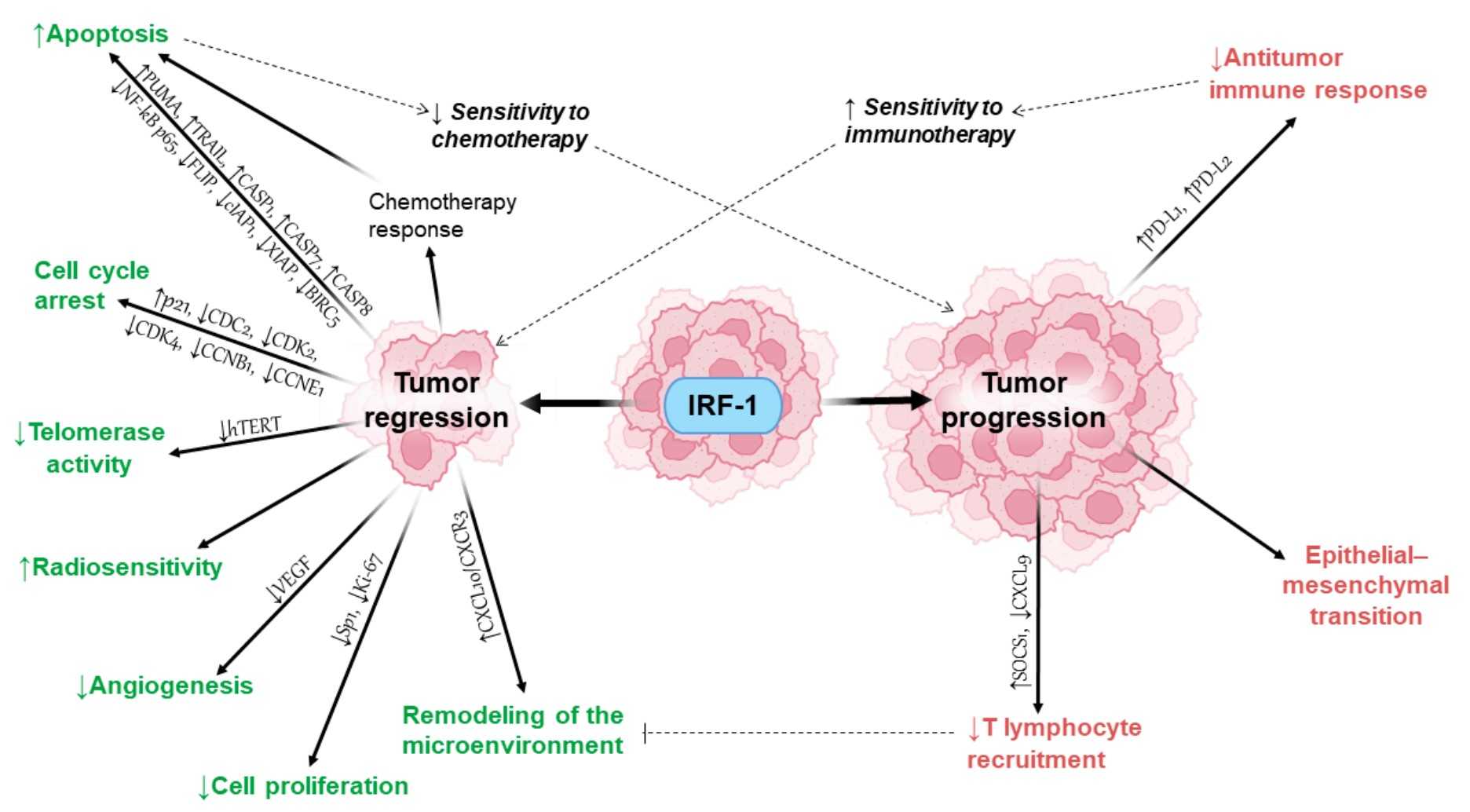
Fig1. Tumor-suppressive and tumor-promoting functions of IRF1. (Alina M Perevalova, 2024)
What is IRF1 protein?
IRF1 (interferon regulatory factor 1) gene is a protein coding gene which situated on the long arm of chromosome 5 at locus 5q31. The protein encoded by this gene is a transcriptional regulator and tumor suppressor, serving as an activator of genes involved in both innate and acquired immune responses. The encoded protein activates the transcription of genes involved in the body's response to viruses and bacteria, playing a role in cell proliferation, apoptosis, the immune response, and DNA damage response. This protein represses the transcription of several other genes. As a tumor suppressor, it both suppresses tumor cell growth and stimulates an immune response against tumor cells. The IRF1 protein is consisted of 325 amino acids and its molecular mass is approximately 36.5 kDa.
What is the function of IRF1 protein?
IRF1 plays a central role in the natural immune system, particularly in the antiviral response. It is able to regulate the expression of type I interferons (IFNs), which are key mediators of the antiviral response, inhibiting viral replication and activating immune cells. IRF1 is involved in regulating the development and function of immune cells, especially in the maturation and activation of dendritic cells and T cells. It affects the expression of molecules on the cell surface, thereby regulating the interaction and signaling between immune cells. IRF1 is also involved in tumor suppression. It can induce cell cycle arrest and apoptosis, thereby inhibiting the growth and spread of tumor cells.
IRF1 Related Signaling Pathway
IRF1 is a key regulator in the interferon (IFN) signaling pathway. It can be activated by IFN and then binds to the promoter region of interferon stimulating genes (ISG), promoting ISG expression. RIG-I like receptors (RLRs) are a class of receptors capable of recognizing viral RNA. When RLRs are activated, they can induce phosphorylation and transcriptional activity of IRF1, which further activates the expression of IFN and other antiviral genes. Some cell surface receptors, such as TLRs and NLRs, can activate IRF1 after recognizing a pathogen. Both TLRs and NLRs can induce IRF1 activation through different signaling pathways. Studies have shown that IRF1 can interact with NF-κB to regulate the transcriptional activity of NF-κB.
IRF1 Related Diseases
IRF1 plays a key role in regulating the activation and differentiation of immune cells, and mutations or abnormal expression of its genes can lead to the development of autoimmune diseases, such as systemic lupus erythematosus (SLE). IRF1 plays an important role in antiviral immune response, and its abnormal function may affect the body's resistance to viruses. IRF1 has a dual role in tumor development, on the one hand it can inhibit tumor growth, on the other hand it can also promote the progression of certain tumors. Mutations or abnormal expression of the IRF1 gene are associated with a variety of tumors, such as breast cancer, lung cancer, and melanoma. It's also associated with inflammatory diseases, cardiovascular disease.
Bioapplications of IRF1
Because of its role in multiple biological processes, IRF1 could be a potential target for gene therapy and drug development. For example, by modulating the activity of IRF1, new antiviral and anti-tumor drugs can be developed. Changes in the expression level of IRF1 in some diseases may be used as biomarkers for disease diagnosis, prognosis assessment and treatment response monitoring.
Case Study
Case Study 1: Giulia Recchia Luciani, 2024
In COVID-19, cytokine release syndrome can cause severe lung tissue damage leading to acute respiratory distress syndrome (ARDS). Here, we address the effects of IFNγ, TNFα, IL-1β and IL-6 on the growth arrest of alveolar A549 cells, focusing on the role of the IFN regulatory factor 1 (IRF1) transcription factor. A549 WT and IRF1 KO cells were exposed to cytokines for up to 72 h. Cell proliferation and death were evaluated with the resazurin assay, analysis of cell cycle and cycle-regulator proteins, LDH release and Annexin-V positivity; the induction of senescence and senescence-associated secretory phenotype (SASP) was evaluated through β-galactosidase staining and the quantitation of secreted inflammatory mediators. While IL-1 and IL-6 proved ineffective, IFNγ plus TNFα caused a proliferative arrest in A549 WT cells with alterations in cell morphology, along with the acquisition of a secretory phenotype. These effects were STAT and IRF1-dependent since they were prevented by baricitinib and much less evident in IRF1 KO than in WT cells. In alveolar cells, STATs/IRF1 axis is required for cytokine-induced proliferative arrest and the induction of a secretory phenotype.
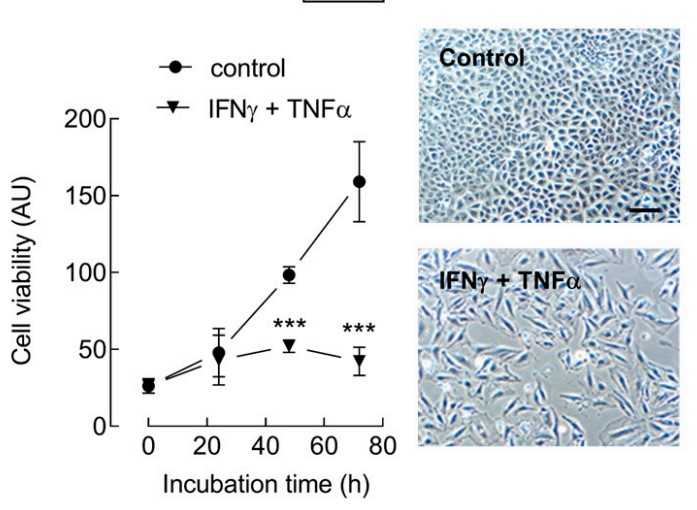
Fig1. At the indicated times, cell viability was determined with the resazurin assay.
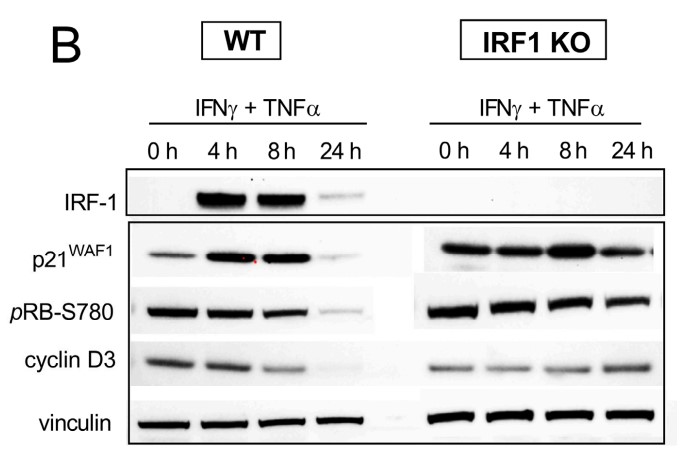
Fig2. At the indicated times, the expression of the indicated proteins was assessed by means of Western Blot analysis.
Case Study 2: Xiaohui Xu, 2021
Radiation is one of the main methods for the treatment of colorectal cancer (CRC) before or after surgery. However, radiotherapy tolerance of patients with CRC is often a major concern. Interferon regulatory factor 1 (IRF1) is a member of the IRF family and is involved in the development of multiple diseases, including tumors. The present study investigated the role of IRF1 in the development and radiation sensitivity of CRC. Immunohistochemistry was performed to examine the expression levels of IRF1 in tissue samples from patients with CRC, as well as in nude mice. Western blotting and immunofluorescence were used to detect the expression levels of a series of proteins. RNA sequencing was applied to identify genes whose expression was upregulated by IRF1 overexpression. Xenograft nude mouse models and hematoxylin and eosin staining were used to validate the present findings in vivo. It was revealed that the expression levels of IRF1 were significantly lower in CRC tissues than in adjacent tissues. IRF1 upregulation inhibited cell proliferation and colony formation, caused G1 cell arrest, promoted cell apoptosis, and enhanced the sensitivity of CRC cells to X‑ray irradiation. The role of IRF1 in promoting the radiosensitivity of CRC was further demonstrated in nude mice with CRC xenografts. In addition, RNA sequencing revealed that overexpression of IRF1 in CRC cells significantly increased the expression levels of interferon‑induced protein family members interferon α inducible protein 6, interferon induced transmembrane protein 1 and interferon induced protein 35 (fold change >2.0).
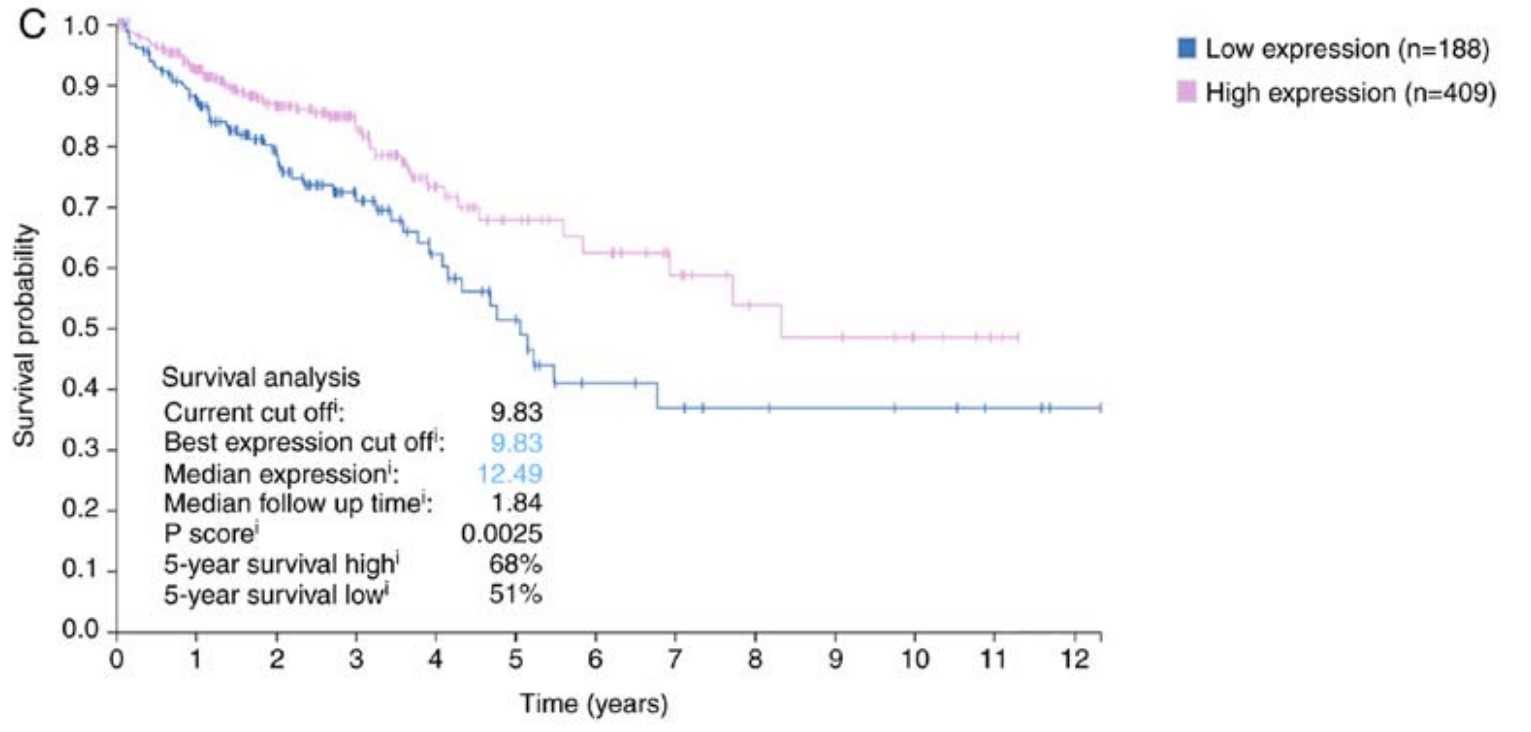
Fig3. Association between IRF1 expression and the 5-year survival rate.
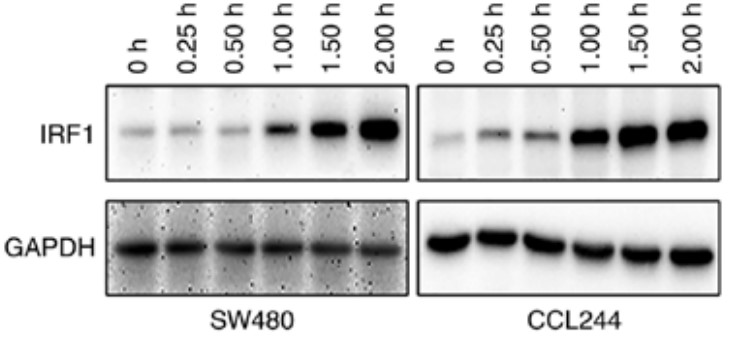
Fig4. IFN-γ (10 ng/ml) was added to a 6-well plate containing CCL244 and SW480 cells. Proteins were extracted and the expression levels of IRF1 were detected by western blotting.
Quality Guarantee
High Purity
.jpg)
Fig1. SDS-PAGE (IRF1-5046H)
.
.jpg)
Fig2. SDS-PAGE (IRF1-314H)
Involved Pathway
IRF1 involved in several pathways and played different roles in them. We selected most pathways IRF1 participated on our site, such as Prolactin signaling pathway,Pertussis,Hepatitis C, which may be useful for your reference. Also, other proteins which involved in the same pathway with IRF1 were listed below. Creative BioMart supplied nearly all the proteins listed, you can search them on our site.
| Pathway Name | Pathway Related Protein |
|---|---|
| Prolactin signaling pathway | PIK3CB,TNFRSF11A,SOCS3,PIK3R1,LHCGR,SIRPA,SHC2,SOCS2,NRAS,RELA |
| Pertussis | C4BP,NOS2,ITGB1,GNAI1,MAPK12,C4BPA,Hc,CXCL5,RELA,C1R |
| Hepatitis C | HRAS,EIF3E,NFKB1,PIAS1,IL-8,ARAF,PPP2R2B,CLDN15,EIF2AK4,CLDN14 |
Protein Function
IRF1 has several biochemical functions, for example, DNA binding,RNA polymerase II core promoter proximal region sequence-specific DNA binding,protein binding. Some of the functions are cooperated with other proteins, some of the functions could acted by IRF1 itself. We selected most functions IRF1 had, and list some proteins which have the same functions with IRF1. You can find most of the proteins on our site.
| Function | Related Protein |
|---|---|
| DNA binding | CEBPG,MYCLB,KDM2B,SIM1,DMRT2B,RARAA,H2AFB3,TOP1MT,TCEA3,APEX1 |
| transcriptional activator activity, RNA polymerase II core promoter proximal region sequence-specific binding | ETV2,POU2F2,SOX9,GABPA,DDIT3,EHF,HNRNPK,JUN,PLSCR1,ZSCAN21 |
| RNA polymerase II core promoter proximal region sequence-specific DNA binding | CEBPE,NEUROD6,IFI203,RFX4,POU2F2,CREB1,ISL1,GMEB2,PAX5,HHEX |
| protein binding | PARP2,BRD9,MXD1,NCK1,MMP3,MAP2K1,SYK,RYR2,CSRP2BP,PCGF2 |
Interacting Protein
IRF1 has direct interactions with proteins and molecules. Those interactions were detected by several methods such as yeast two hybrid, co-IP, pull-down and so on. We selected proteins and molecules interacted with IRF1 here. Most of them are supplied by our site. Hope this information will be useful for your research of IRF1.
E7;51094465;ULK2;E7;CDKN1B;QARS;foxp3_human_gene;ifnl1_human_gene
Resources
Related Services
Related Products
References
- Maruyama, S; Kanoh, M; et al. A novel function of interferon regulatory factor-1: inhibition of T(h)2 cells by down-regulating the Il4 gene during Listeria infection. INTERNATIONAL IMMUNOLOGY 27:143-152(2015).
- Bake, V; Roesler, S; et al. Synergistic interaction of Smac mimetic and IFN alpha to trigger apoptosis in acute myeloid leukemia cells. CANCER LETTERS 355:224-231(2014).


